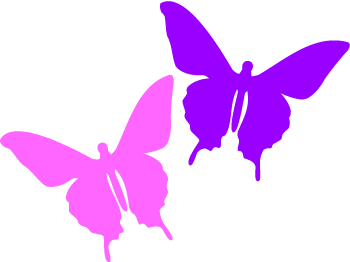top of page
Butterfly populations are a very good indicator of the health of an area's ecosystem !!
Also known as the Blue Cracker.
Hamadryas feronia flies theoughout the year in the tropics, and July through December in the southern U.S.
Their preferred terrain is tropical forest edges and cutover second growth.
They often perch with heads down, flattened against the surface of tree trunks. Their coloring makes them well camouflaged against the bark.
When a butterfly approaches, a male will fly out, making a characteristic cracking sound, probably by means of a pair of rods on the abdomen. If the new arrival is a male it will click in response, while if a female, it will remain silent.
Females also perch on tree trunks, but in an experiment it was found that when offered perching places that were black, grey or white, males showed a preference for white while females preferred grey.
Hamadryas feronia is similar in appearance to Hamadryas guatemalena and Hamadryas iphthime.
The dorsal side of the fore wing is a mosaic pattern of white, brown and blue grey, with a row of small eyespots parallel with the outer margin.
A small red bar occupies the discal cell.
The dortsal side of the hind wing is similar but has few white patches and larger more distinct eyespots.
The ventral side of the fore wing is white or white tan with dark markings, a small red bar and a black submarginal eyespot, and the ventral hind wing is white or white tan, with dark markings and blue rings containing larger eyespots near the rear margin.
* The larva has two color morphs.
it is either blue black above with brown white speckles and reddish spots on the side, or it is grey green with a pale colored longitudinal line on the side.
** As members of the Brush Footed (Nymphalidae) family, their pair of shorter front legs are used for food tasting, and their two pairs of rear legs are used for propulsion.

Diet: caterpillars feed on vines in the family Euphorbiaceae; in South America, Dalechampia triphylla is often the host plant.
Diet: adult butterflies feed on rotting fruit.
Wing Span: 7.3 - 8.3 cm / 2 7/8 - 3 1/4 “
Family: Nymphalidae


The single biggest threat to butterfly survival is habitat destruction!!

bottom of page

